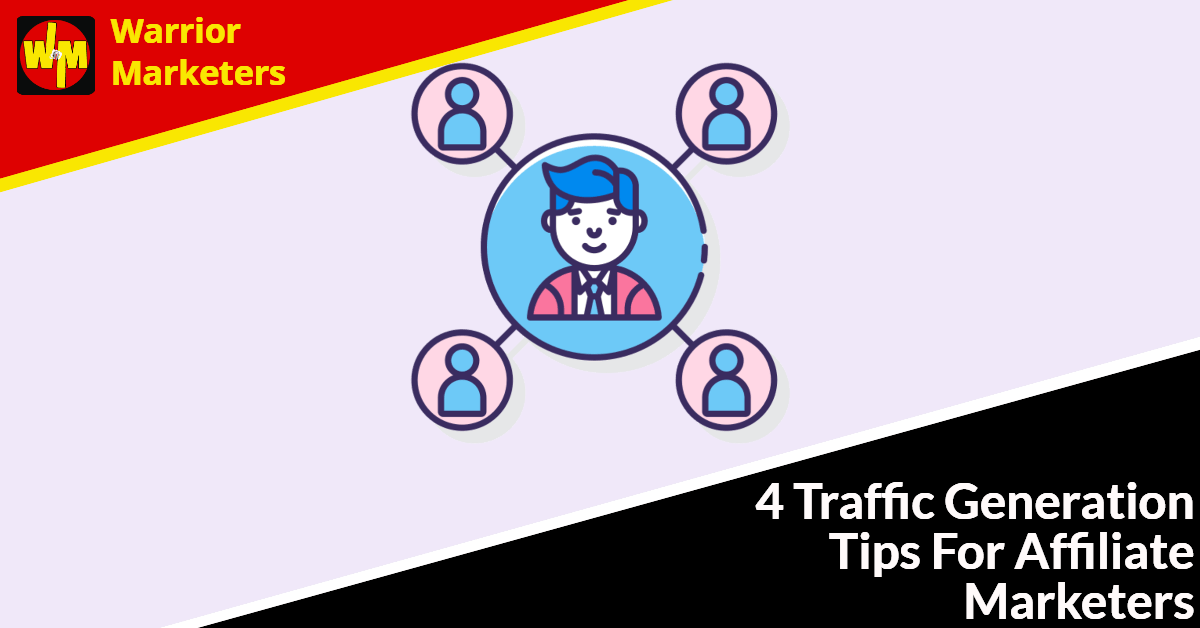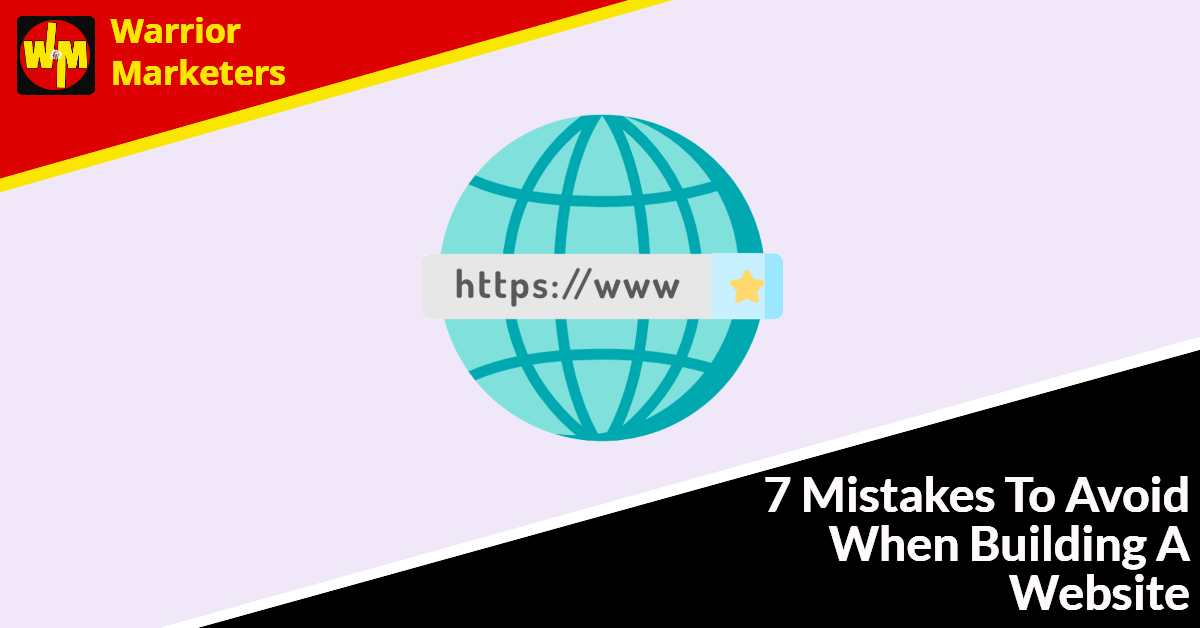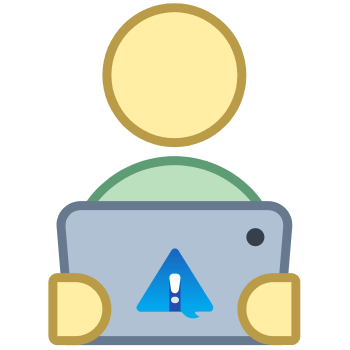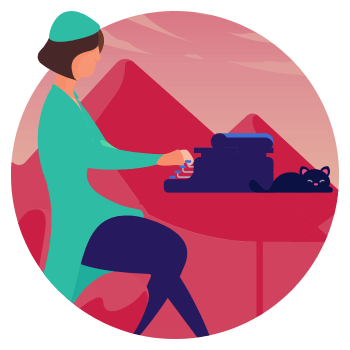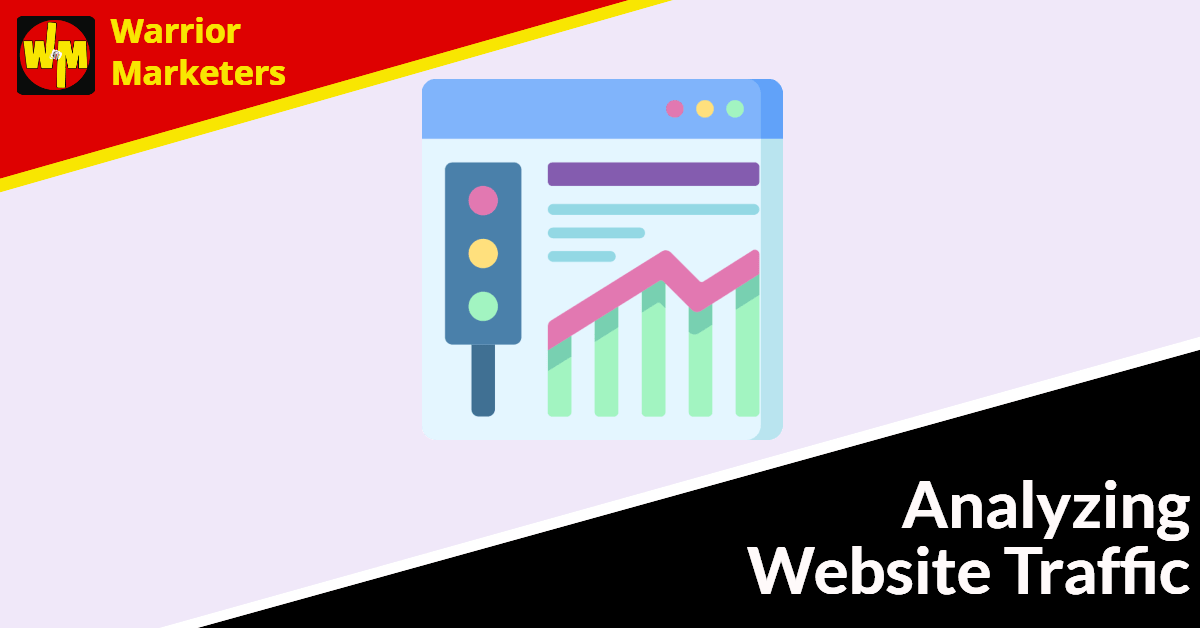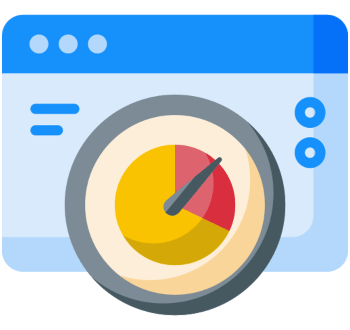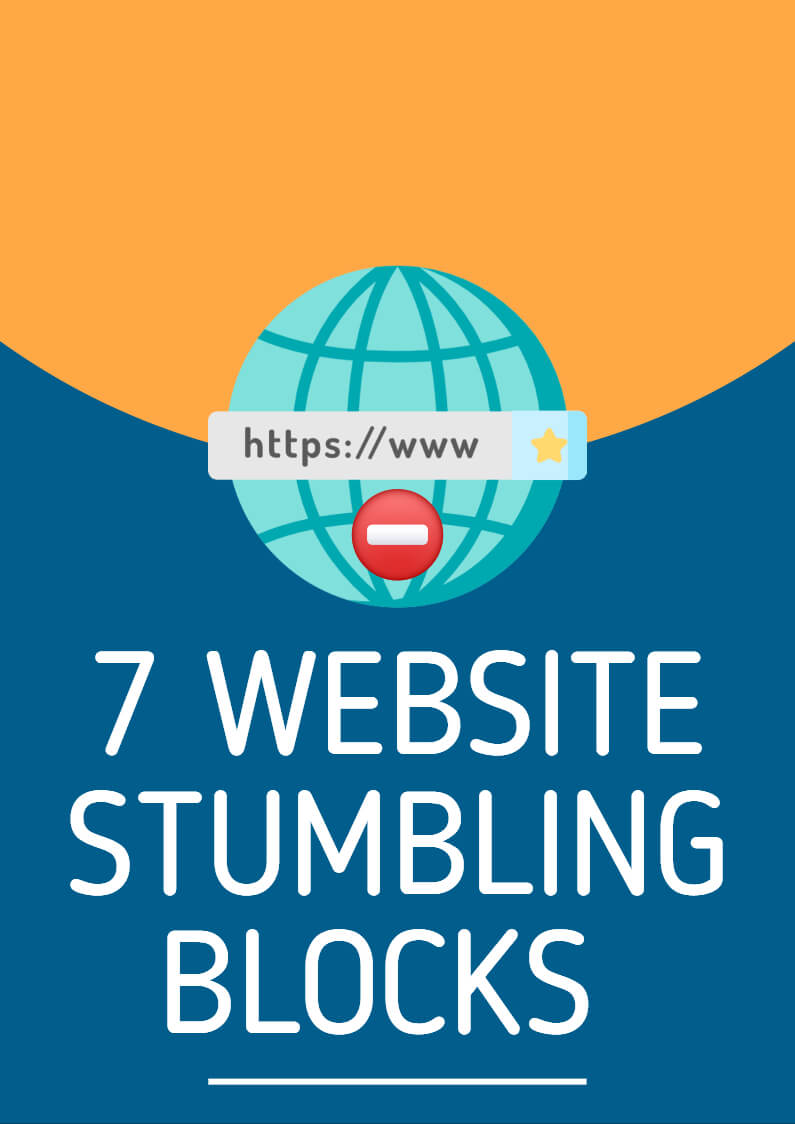Make Money Blogging As A Career

Blogging has been a widely known concept for quite some time now. While they may not know the technical ins and outs of how it works, many men and women have heard about blogging in pop culture.
Julie and Julia is a good example of this. It’s a movie that originated from a true-life tale of Julie Powell, who set out to blog about her experiences cooking each of Julia Child’s 524 recipes from her book Mastering the Art of French Cooking in just 365 days.
Her blog became so popular that she was offered a book and movie deal for her efforts, and she also published her second book. Her success isn’t common, but not everyone needs a book and movie deal to make a substantial profit from their blog!
The benefits of blogging are huge; it is free or cheap to start so the risk-reward benefits are huge. Starting a blog is simple; you can start with a WordPress blog for free if you want to, but I would suggest paying a few bucks for a domain name and hosting if you want to take the whole thing seriously and really want to make money blogging.
How Blogging Works And Where Most People Go Wrong

Looking for “blog jobs” online is something many people do these days. They know they love to post on Facebook, and they hate their current 9-5 job, so they think they’d love to get hired as an official blogger for a company.
It’s true that more and more companies are coming onboard as blog entities – because they understand the value of having a social media presence online, part of which is their blog audience (in addition to Twitter, Facebook, and Google Plus, for example).
But you have to understand that when a company sets out to attract a blogger to represent their business online, they don’t want an amateur blogger. They want someone who knows how blogging works and understands the business side of blogging – because when you’re a blogger, you’re building a brand (or destroying it, in some unfortunate cases).
When you start looking at professional blogger-for-hire jobs, you’ll see that they want you to understand online marketing fully, they want you to deliver a certain number of blog posts per week (usually five), and sometimes want you to go out and find guest blogging opportunities where you can blog elsewhere and link back to their main blog.
It’s not a good career for someone who is new to blogging and thinks it “might be fun.” This is for seasoned professionals – and sometimes the company will even want to investigate to see what kind of current reach you have with your own content in the social media world.
If you’re already at a company that doesn’t have an online presence, then maybe you can make a suggestion that they allow you to head up that operation. This would give you a little experience so that you could then go out and brag about launching and generating a good buzz for your current company.
Blogging To Make Money

The do-it-yourself blogging to make money route is far more rewarding. It’s something you can do anytime – in the morning before work, on your lunch hour, after work and on the weekends.
Then when it becomes profitable, you can use it to replace your current income and begin blogging fulltime. When you choose this path, you have much more personal satisfaction in your blogging career.
If you want to learn more about monetizing your blog, check out this post here.
Blogging is a real business when you start pursuing it for financial reasons. Yes, it gives you much in terms of happiness – but when you’re making money doing something you love, it’s very rewarding.
You have to treat this like a business from the very start. If you start blogging haphazardly, then your readers will recognize that it’s an amateur site. Yes, some will become fans anyway – but others want to know they’re following a leader in whatever niche you choose to blog about.
By the way, if you are serious and want to take your blogging to the next level, check out the
Rapid Blogging Blueprint. This is a premium level training that takes you through each and every step of setting up your own highly profitable blog and profiting from it. You can check it out
here.
How do you pick a niche for your blog? Some blogs have a multitude of topics – from entertainment to fashion to business to health. You can do that, but unless you have a team of contributors, it’s hard to maintain the momentum needed for a broad blog like this.
A better option might be to narrow down your focus into something that you really love. It can still be broad – like a women’s health blog for example. But it’s not as narrow as “everything” or “health in general” (including both genders).
You can even drill down more and go with one form of women’s health, like menopause or pregnancy. You don’t even need to be an expert in it – it’s all about sharing information and as you learn, you can share!
One thing that’s important is that you make sure that you love whatever topic you’re blogging about. You should want to wake up every day, eager to get to your computer.
If you dread it because it bores you or it’s depressing, then you won’t help your readers and the blog won’t become profitable for you.
Aside from the overall slant, you get to choose what each individual entry on your blog is all about. If you were blogging for another company, they might tell you what to blog about each day – even if you found it mundane.
You can set an entire editorial calendar for your blog where you choose which topics are presented to your readers. You also get to pick the tone for the blog pieces.
For example, let’s take the diet niche. You could be a fad and trend diet blogger who emphasizes fast weight loss – or someone who harps on the fact that weight loss should just be the adoption of better nutrition and exercise and the pounds should come off slowly.
Benefits Of Blogging: Developing A Relationship With Your Readers

Having a relationship with your readers means they value your blog, and they share the link to it with other people. You want that type of connection because as a professional, the traffic and branding that you gain will be priceless.
When blogs have a loyal readership, they enjoy a fantastic word of mouth traffic flow. While many bloggers are out there buying links back to their site and paying people to help them get traffic, you can do it all for free.
First, pick topics they want to know about. Part of your job in relationship building is to listen to your audience and meet their needs. There are many ways you can do this.
Do some preliminary keyword research to find out what people want to know in your niche. Using the menopause example, you could go to UberSuggest.org and type in what are menopause.
This is known as a sentence starter – and it gives you some insight into what type of blog post you might want to do, such as:
- What are menopause hot flashes like?
- What are menopause symptoms caused by?
- What are the best menopause vitamins?
A good keyword tool gives you help on what to blog about. But there’s more that you can do to find topics. You can look in forum threads and see what people are asking.
You can also simply invite your readers to submit questions to you. You can do this on your email autoresponder opt in form, or have a special contact form on your blog where people can engage with you that way.
Whenever someone emails you with a question, you can assume there are more people out there who are wondering the same thing. Use those questions as fodder for your blog topics.
When you start blogging about all of these things, it makes the audience feel like you’ve really got your finger on the pulse of the marketplace – like you have great instincts.
Next, write in a highly conversational style and end each blog with an invitation to connect. People need to feel like you’re speaking just to them – even if you’re not.
If you write, make sure it’s conversational and not stuffy like you’d write for a professional publication. If you make a video blog, look right in the camera and be casual and relaxed, not stuff and nervous.
When you end a blog post, you can ask a question or invite people to share their own $0.02 about the topic in the comments. Make sure that whatever comment system you’re using, it’s easy to find – because some are almost hidden.
Participate in the conversation that goes on in your blog comments. If people are kind enough to take you up on your invitation, then make an effort to have a dialogue with them.
Thank them for their comment, call them by name, and open up a discussion about what they had to say. You can use a plugin to help the comments become “threaded,” which helps all of your readers see who was responding to who.
Supporting Yourself Financially And Make Money Blogging

When you start blogging for profit, you should be consistent with your efforts. You should blog regularly – daily if possible, but at least several times a week. There are a few ways you can make money as a blogger.
Build a list from your blog so that whenever you have a new blog post, you can notify people about it. Also have an RSS system set up for people who use RSS feed readers to get notified of your new content.
Whenever you have a list, it gives you a certain amount of power – the power to instantly communicate with your target audience when you are selling or promoting products.
Because of this, you have to make sure that you don’t abuse that power by spamming their email with useless or irrelevant offers. If you do this, you build a reputation as a spammer.
Sell ad space for a certain amount of profits. You can arrange a specific area of your blog for ad space that people rent on a monthly basis, paying the ad revenue to you directly.
If you go this route, make sure you have specifics in place to control what kinds of ads can get placed on your blog – all the way down to the colors and animation of it if you want.
Sign up for AdSense, too. This can help you get clicks and revenue. You can put different sized ad banners on your blog, from buttons to skyscraper ads. You can include images or go with just text.
One thing you have to remember whenever you place any ads on your blog is that yes, it gives you some money when people leave your site for somewhere else – but in leaving, it also means someone else is capturing their name and email address and selling something to them, not you.
Promote tangible products as an affiliate. You can sign up as an Amazon Associate and promote anything they sell there that they offer a commission on. Using our menopause example, if you promoted a chilled pillow, you could earn a percentage of each sale from your blog post.
Promote digital products as an affiliate. Digital products can be found at sites like ClickBank.com. You can sign up for free and get a hoplink (affiliate link) where you earn around 50% for each sale.
Create your own products and sell them from your blog. You don’t have to promote other people’s stuff. Why not create an info product (eBook, video or audio course) and teach something you blog about in more depth – or in a more comprehensive manner?
Offer services from your blog. Freelancing like writing, graphics, or other services can be offered right from your blog. Coaching is something you can offer. Many people pay top dollar for one-on-one coaching sessions via Skype or even email!
Blogging can be a very fun and very profitable venture if you approach it correctly. Don’t make the mistake of flying by the seat of your pants. If you do this, your blog will be scattered with topics, have no set monetization plan, and you’ll end up unhappy with the effort you’ve put in.
With proper planning and enthusiasm, you’ll never need to look for “blogging jobs” again – in fact, you might be the one putting out feelers for a professional blogger to come onboard and help you with your content needs! Being in a position of power makes a world of difference.
And remember, if you want a premium training on blogging the right way, check out the Rapid Blogging Blueprint which includes over the shoulder training on blogging the right way.
Or, if you just want some more basics to see whether blogging is right for you, check out the featured resource below for a free Blogging Fundamentals report; download, read it and take action 😊




